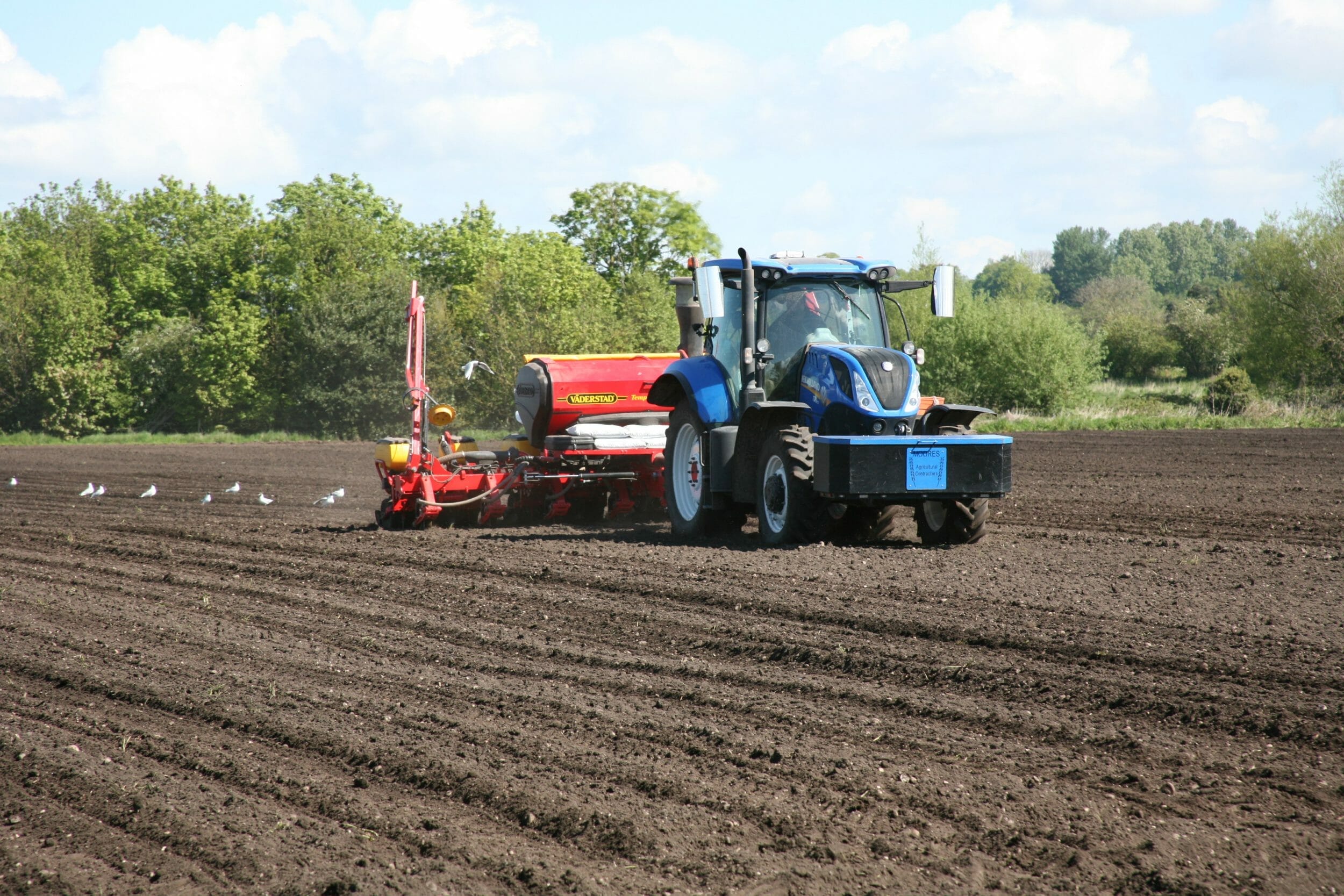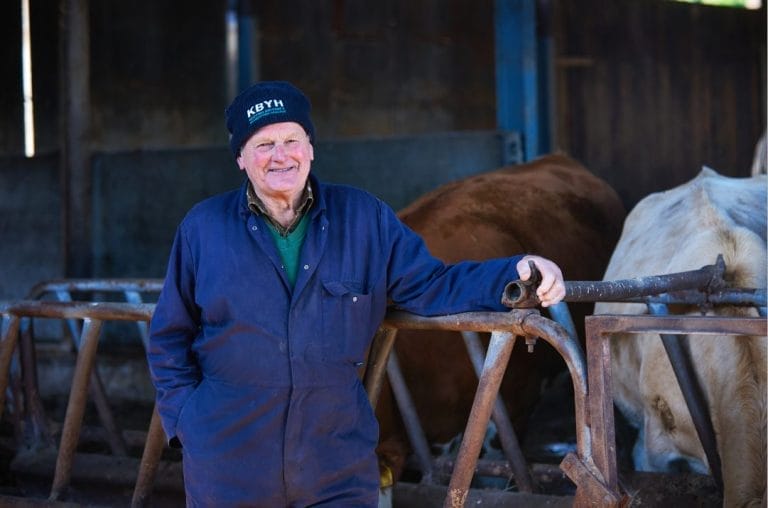
After last year’s cold and dry spring resulted in some meagre first cut crops of silage, livestock farmers are looking for ways to ensure their silage clamps are fully filled this autumn. One option, according to Limagrain’s Tim Richmond, is to grow more maize.
“The severity of last year’s poor grass yields was highlighted by the sight of livestock farmers harvesting the last flushes of grass

Maize Product Manager Tim Richmond
growth as late as October and even into November,” Mr Richmond comments. “The silage those crops yielded will have been of questionable nutritional value, but with purchased feed prices as high as they were farmers had to do whatever it took to ensure they had enough feed to see them through the winter. As such, they will understandably be keen to avoid a repeat this year.”
One option to mitigate the risks associated with another difficult spring is to grow more maize Mr Richmond explains: “A well-managed crop of maize will be less susceptible to the stresses which led to last year’s grass problems,” he states, “with modern maize varieties able to deliver strong yields even when the growing season is foreshortened by late drilling.”
Mr Richmond explains that the latest generation of maize varieties require 10% fewer heat units than their predecessors and can be drilled up the end of May. “Limagrain’s European maize breeding programme has focused on producing new varieties with improved vigour and which require fewer Ontario Heat Units to reach maturity earlier in the year.
“We also breed and select varieties based on their stability of performance and standing power under the varying conditions that the UK climate can throw at crops, with our vigorous UK trials programme ensuring we only bring to market those new varieties which are truly suited to local conditions.
 “Varieties such as Gema, Prospect, Dignity and Trooper all have an FAO rating in the 160-180 range which means they can be drilled later and harvested sooner. And, despite requiring a shorter season to reach maturity, they can still reliably produce clamp-filling yields of 16.5-18.3tDM/ha, almost twice as much as most grass leys will produce in the same timeframe.”
“Varieties such as Gema, Prospect, Dignity and Trooper all have an FAO rating in the 160-180 range which means they can be drilled later and harvested sooner. And, despite requiring a shorter season to reach maturity, they can still reliably produce clamp-filling yields of 16.5-18.3tDM/ha, almost twice as much as most grass leys will produce in the same timeframe.”
These varieties will also deliver a higher energy yield Mr Richmond says: “For example, 10ha of Trooper (FAO 170) can be expected to produce around 180 tonnes of dry matter and could easily be the difference between having enough forage in the clamp and having to choose between restricting forage intakes or purchasing additional feed.
“But it’s not just dry matter yield or earliness of maturity that matters,” Tim continues. “Fifty percent of the energy in maize is stored in the stalk and leaves of the plant so it’s important to select a variety which is easily digested in the rumen. In older varieties, this vegetative material was harder for livestock to process so Limagrain’s maize breeding programme has focused on ensuring those same high-yielding varieties also deliver more readily available energy by breeding in improved cell wall digestibility (CWD).”
Mr Richmond concludes by stating that the inclusion of more maize into dairy and beef diets has the added advantage of supporting improved rumen function and encouraging greater feed intake which translates into better milk yields and improved daily live weight gains.
“Growing an early maturing variety also gives farmers the option to establish a successor crop in the autumn and for that crop to be used as an early source of fresh forage in the following spring,” he advises.
































